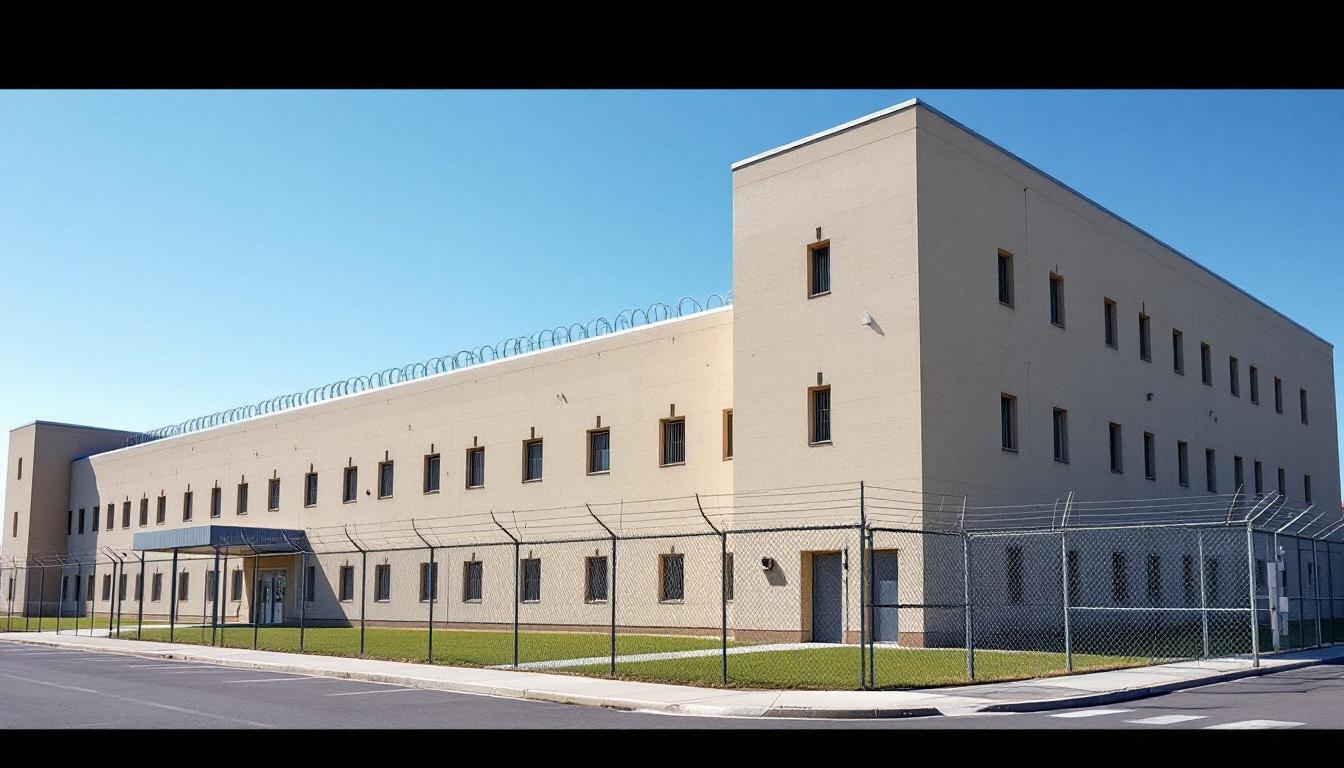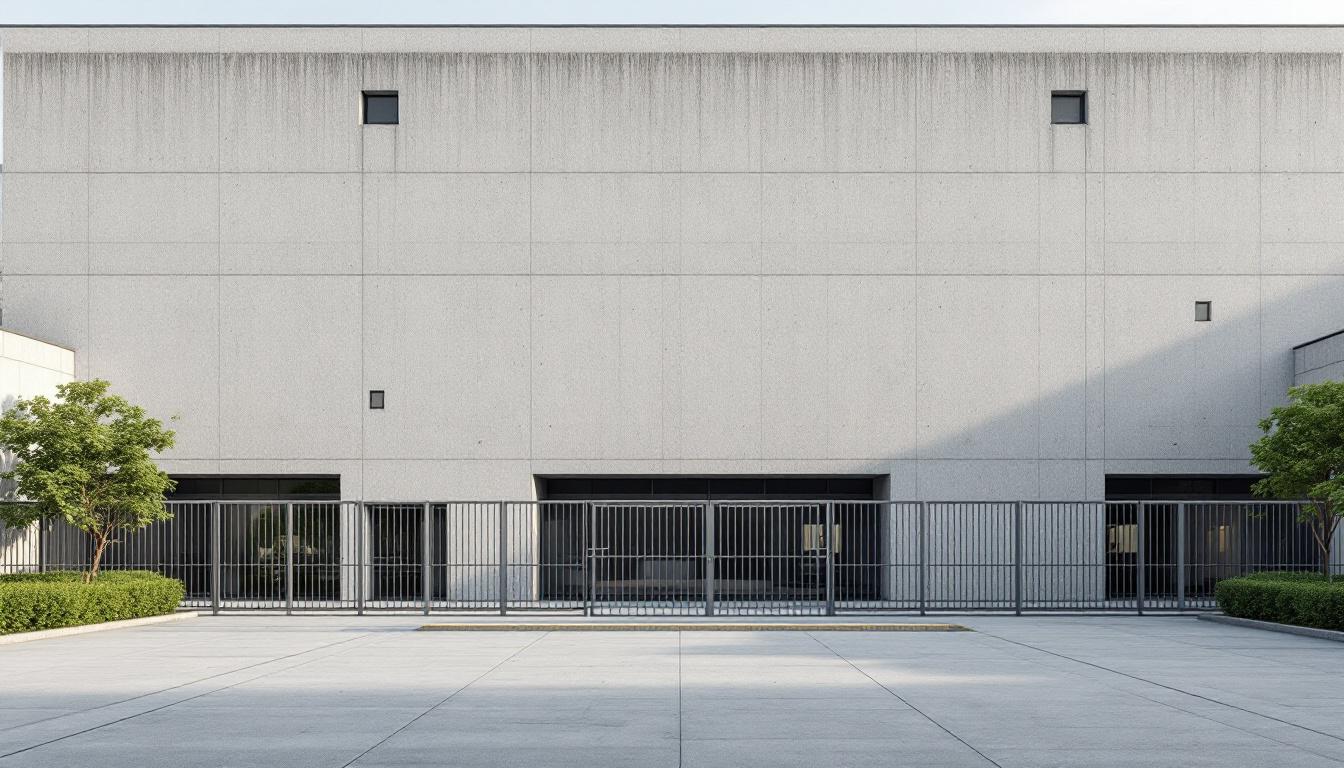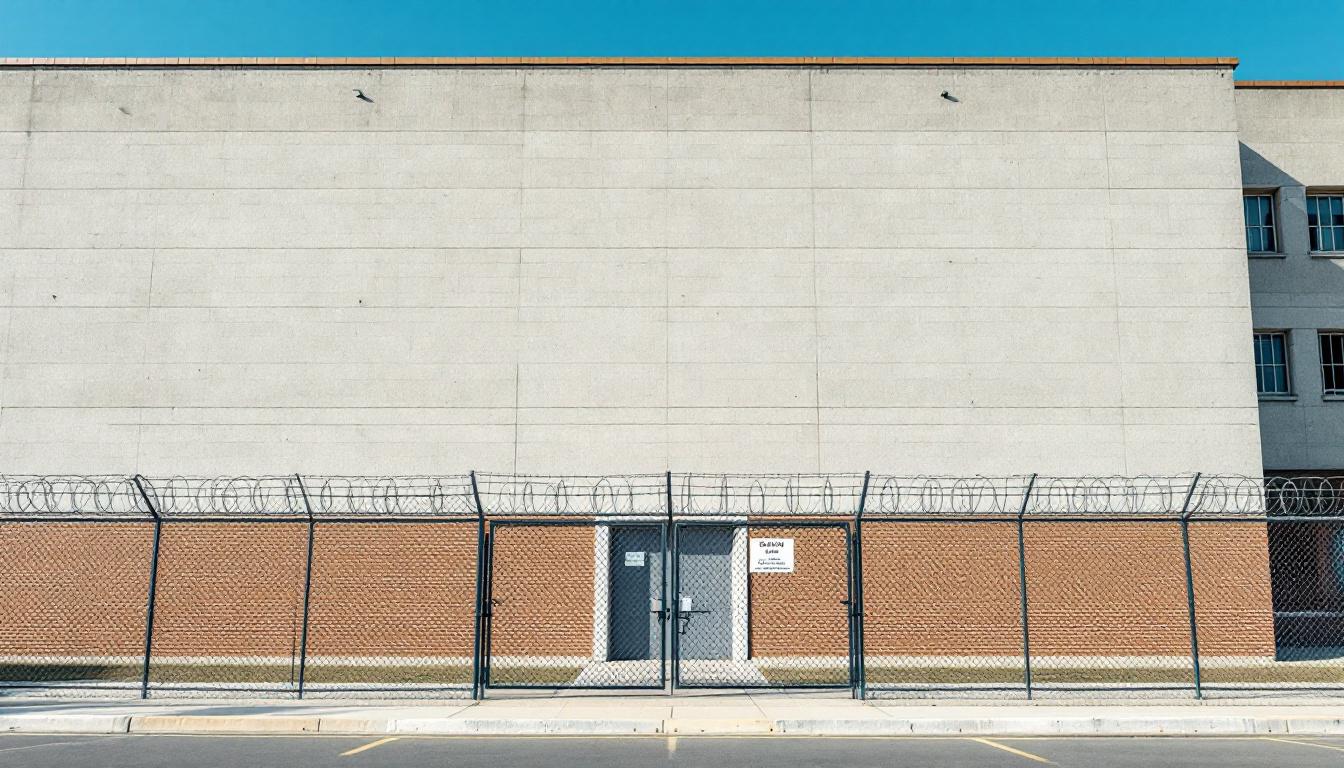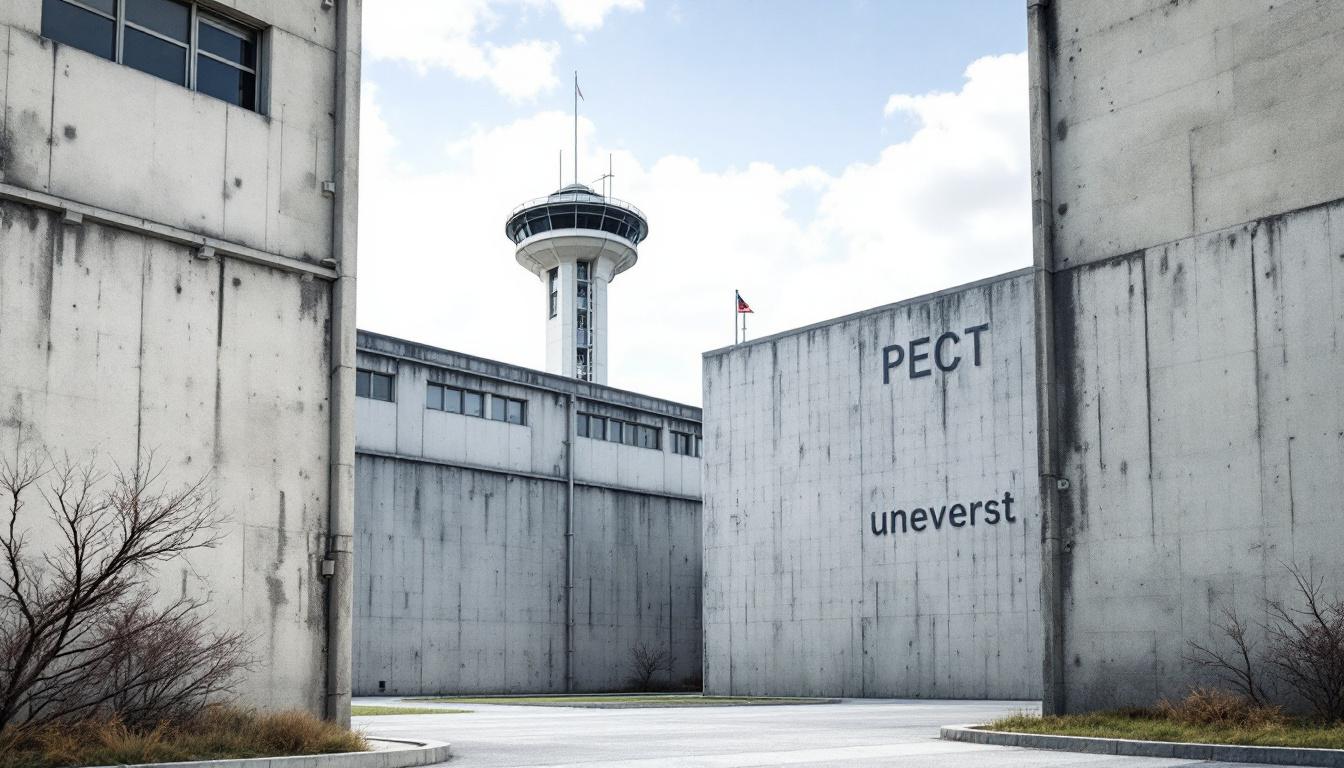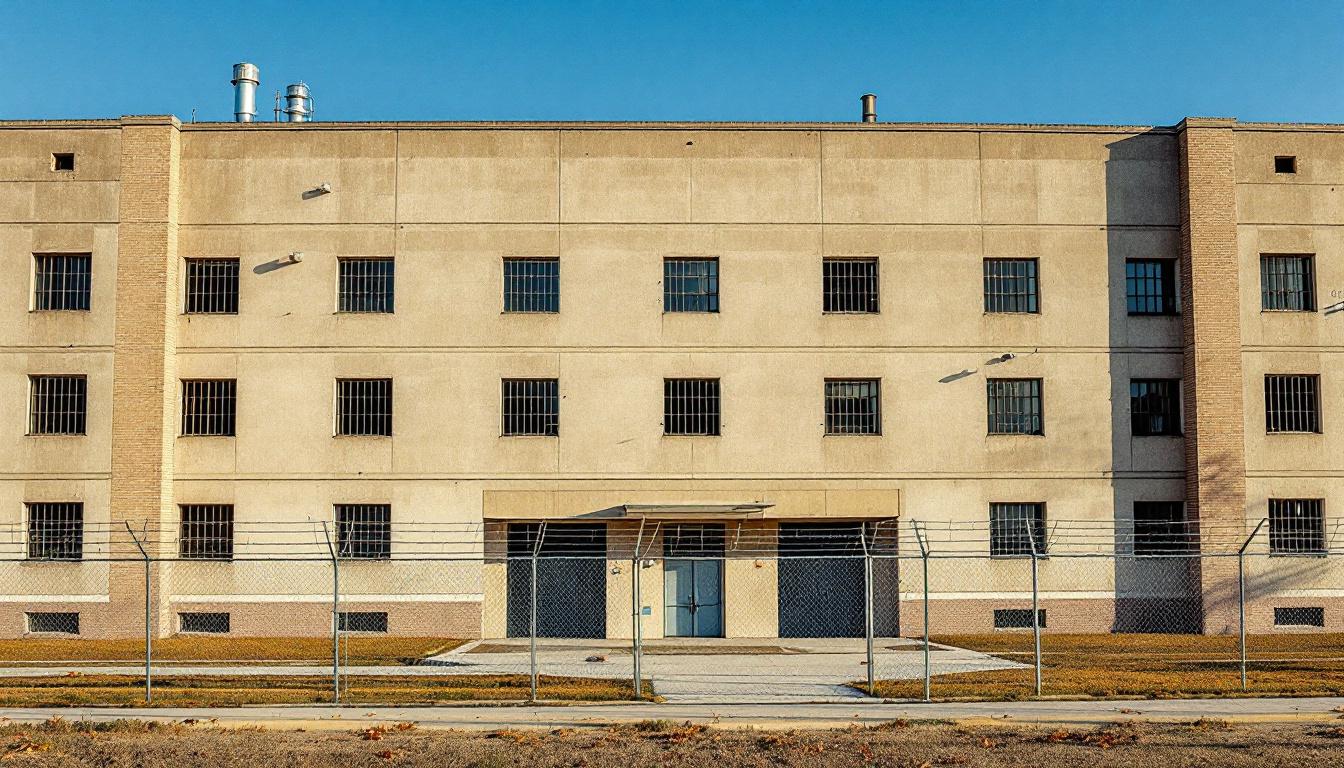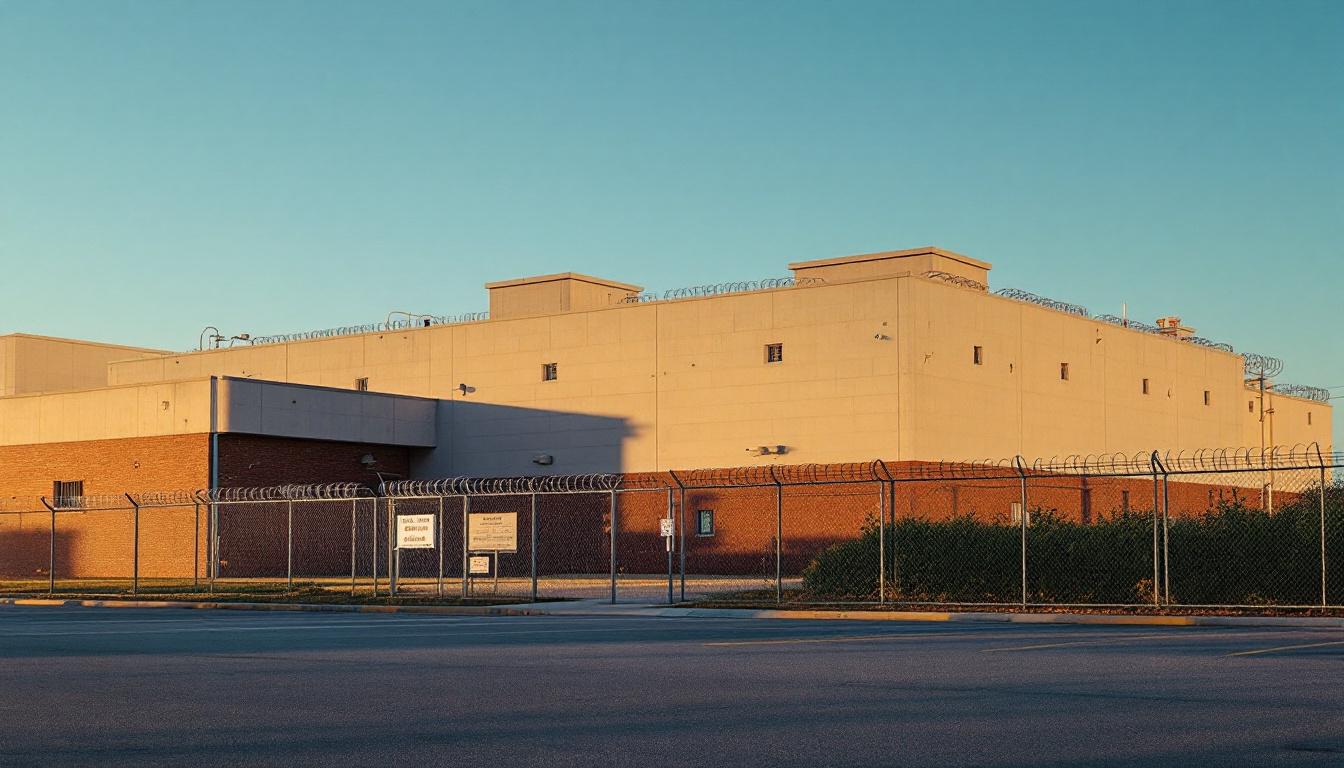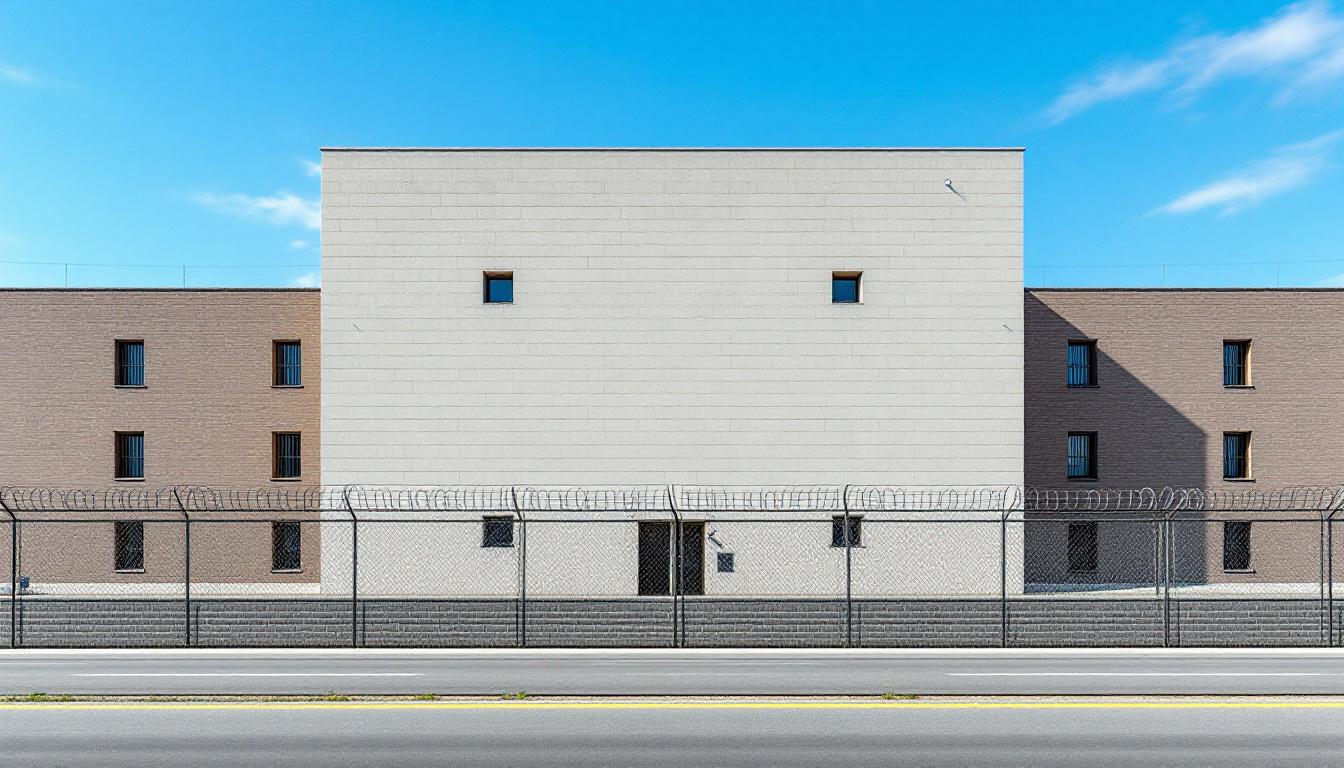
Quick Navigation
How to contact an inmate at Chippewa Correctional Facility
This comprehensive guide will walk you through how to connect with an inmate at Chippewa Correctional Facility. Follow the steps below to find an inmate and send letters and photos:
- Search for the inmate using our search tool below
- Create your account or log in to Penmate
- Write your message (up to 6,000 characters)
- Send instantly - inmates receive printed copies daily
Find an Inmate
Search for an inmate to start communicating today
Tip: You can search by first name, last name, or inmate ID number
To contact a person at Chippewa Correctional Facility start by searching for the person on the official facility website. Perform a search by following these steps:
- Step 1: Enter their first name and last name into the search form and click "Search"
- Step 2: Locate their inmate record
- Step 3: Write down their Inmate ID and any housing information provided
Important! Be sure to enter the person's full name. Nicknames should not be used.
How to Send Messages to Inmates

You can use your phone or computer to send emails, letters, and photos to an inmate. Messages are sent electronically to inmate tablets or kiosks at the facility. If you would like to send a message, start by searching for an inmate at Chippewa Correctional Facility.
Sending Photos and Postcards

A great way to send love and support to a loved one at Chippewa Correctional Facility is to send photos and postcards. It only takes a few minutes to send photos from your phone and it makes a huge difference. You can also mail postcards with words of support and inspiration, or design your own postcard for special moments like birthdays and holidays.
Important! Be sure not to send any explicit photos or they may not be approved by the facility. You can also use a photo printing app like Penmate to make sure your photos are printed at the correct size (4x6 or 3x5) and are mailed according to the rules and regulations of Chippewa Correctional Facility.
Frequently asked questions about Chippewa Correctional Facility
-
How long does it take to deliver a message?
If you're sending an email message your letter is usually delivered within 24-48 hours. For messages sent via mail you should expect delivery within 3-7 days. All messages will need be approved by Chippewa Correctional Facility.
-
How much does it cost to send a message to Chippewa Correctional Facility?
You can send a message free using your phone or mail a message via USPS for the price of a $0.60 stamp and envelope. You can also purchase credits or e-stamps from services starting at $1.99.
-
What services can I use to contact an inmate at Chippewa Correctional Facility?
Penmate
You can use Penmate to send letters and photos to an inmate from your phone. It's an easy way to stay in touch during your loved one's incarceration. Use the inmate locator to find an inmate's location and contact information, then you can send messages within a few minutes.
Securus messaging
Securus may be another option for communicating with an inmate at Chippewa Correctional Facility. You can create a friends and family account and purchase credits to send messages. All messages will be reviewed and must be approved by the facility.
JPay
Some county jails and state prisons may support sending messages with JPay. You must register an account with the system, find your loved one, and purchase stamps to send messages. For some locations you can also attach photos.
Smart Jail Mail
You may also check if Smart Jail Mail is available at Chippewa Correctional Facility. Smart Jail Mail is operated by Smart Communications and has contracted with some state and county jails. After purchasing credits, your messages and photos are sent to the facility, printed out, and then handed out to your loved one.
-
What is the mailing address of Chippewa Correctional Facility?
Mailing address:
Chippewa Correctional Facility
4269 M-80
Kinross Charter Twp, MI 49788
Phone: (906) 495-2275 -
What are the visiting hours at Chippewa Correctional Facility?
Visiting hours at Chippewa Correctional Facility vary by housing unit and security level. Generally, visits are scheduled on weekends and holidays, with some facilities offering weekday visits. Contact the facility directly at (906) 495-2275 or check their website for the current visiting schedule. Visits typically last 30-60 minutes and must be scheduled in advance.
-
What items are prohibited when sending mail to Chippewa Correctional Facility?
Prohibited items typically include: cash, personal checks, stamps, stickers, glitter, glue, tape, staples, paperclips, polaroid photos, musical or blank greeting cards, hardcover books, magazines with staples, and any items containing metal or electronics. Only send letters on plain white paper with blue or black ink. Photos must be printed on regular photo paper (no Polaroids). Always check with Chippewa Correctional Facility for their specific mail policies.
-
How do I send money to an inmate at Chippewa Correctional Facility?
You can send money to an inmate at Chippewa Correctional Facility through several methods: 1) Online using JPay, Access Corrections, or the facility's approved vendor, 2) Money orders mailed directly to the facility with the inmate's name and ID number, 3) Kiosks located in the facility lobby, or 4) Over the phone using a credit or debit card. Fees vary by method, typically ranging from $2.95 to $11.95 per transaction.
-
Can I schedule a video visit with an inmate at Chippewa Correctional Facility?
Many facilities now offer video visitation as an alternative to in-person visits. At Chippewa Correctional Facility, video visits may be available through services like Penmate, Securus Video Connect, GTL, or ICSolutions. Video visits typically cost $10-20 for 20-30 minutes and must be scheduled in advance. You'll need a computer or smartphone with a camera and reliable internet connection. Contact the facility for their specific video visitation policies and approved vendors.
-
What identification do I need to visit an inmate at Chippewa Correctional Facility?
All visitors must present valid government-issued photo identification such as a driver's license, state ID, passport, or military ID. Minors must be accompanied by a parent or legal guardian who can provide the minor's birth certificate. Some facilities require visitors to be on the inmate's approved visitation list, which may require a background check. Contact Chippewa Correctional Facility for specific ID requirements and visitor approval procedures.
-
How can I find out an inmate's release date?
To find an inmate's release date at Chippewa Correctional Facility, you can: 1) Use the online inmate search tool if available, 2) Call the facility's records department, 3) Contact the inmate's case manager or counselor, or 4) Have the inmate provide this information during a call or visit. For privacy reasons, some facilities only release this information to immediate family members.
Facility Overview
Contact Information
Chippewa Correctional Facility4269 M-80
Kinross Charter Twp, MI 49788
Phone: (906) 495-2275
Official Website
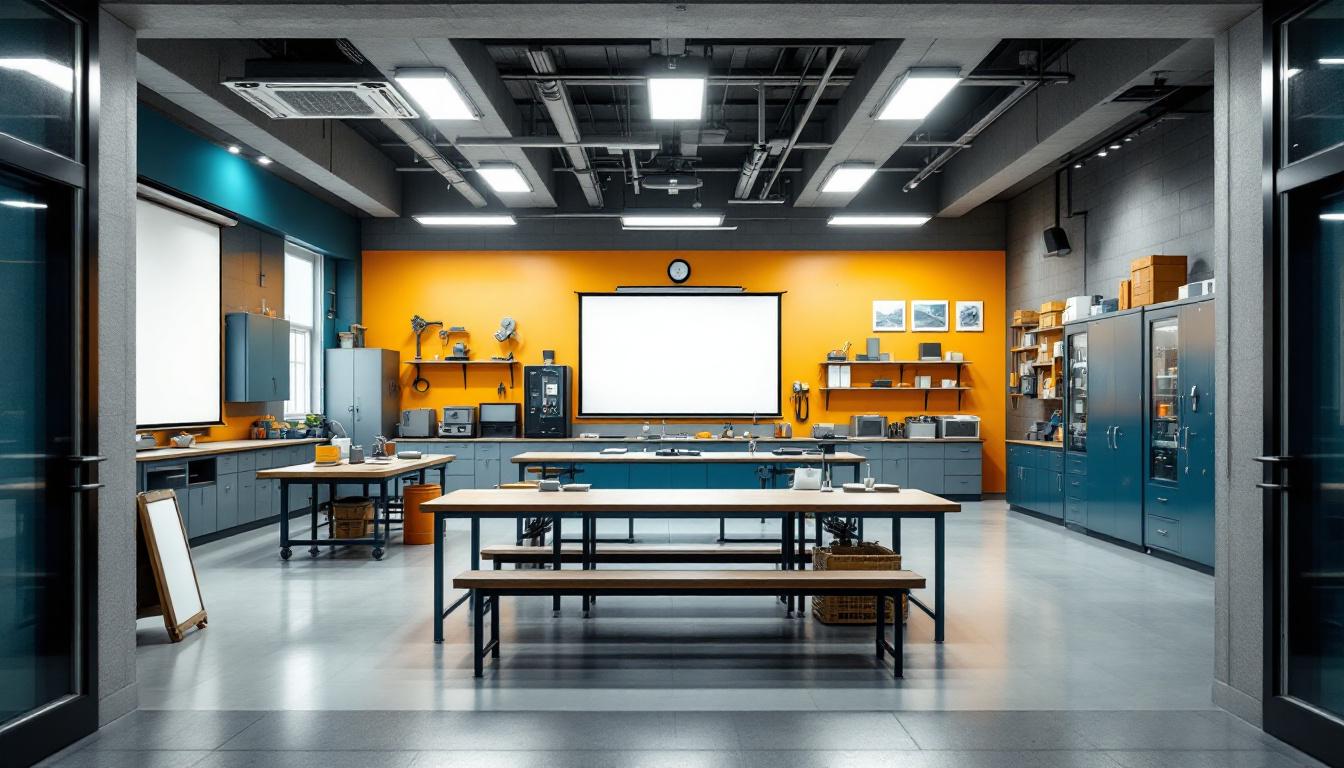
About Chippewa Correctional Facility
Nestled within Michigan’s Upper Peninsula, the rural community of Kincheloe benefits from the economic stability and employment opportunities that Chippewa Cf brings to this remote region of Chippewa County. The facility’s presence in this sparsely populated area reflects the state’s strategic approach to correctional placement, utilizing available land resources while providing essential services to the incarcerated population. Geographic isolation often characterizes correctional facilities in the Midwest, and Kincheloe’s location exemplifies this pattern, where vast open spaces and lower population density create suitable environments for secure correctional operations.
As a MI correctional facility, Chippewa Cf typically operates within Michigan’s broader correctional framework, focusing on offender management strategies that may include educational programming, vocational training opportunities, and behavioral intervention services. The facility generally maintains standard security protocols while offering inmates services designed to support successful reintegration into society. Programs often encompass substance abuse counseling, mental health support, and basic educational advancement, though specific offerings may vary based on facility classification and individual inmate needs. The correctional approach in this region typically emphasizes structured daily routines, work assignments, and gradual preparation for eventual release through various rehabilitation initiatives.
The facility’s role within Michigan’s correctional system reflects the state’s commitment to managing its incarcerated population across diverse geographic regions, from urban centers to rural communities like Kincheloe. Staff members generally work to maintain facility security while implementing evidence-based practices in offender supervision and support. The remote location may present comprehensive challenges in terms of family visitation and community connections, yet it also provides opportunities for focused programming away from urban distractions and influences.
Programs & Services
Personal transformation lies at the heart of the comprehensive service delivery system at Chippewa Correctional Facility, where inmates encounter structured opportunities designed to foster meaningful growth and prepare them for successful community reintegration. The facility’s approach typically emphasizes skill-building and self-improvement through evidence-based interventions that address both immediate needs and long-term goals. This multifaceted framework often includes services that challenge participants to develop new competencies while addressing underlying factors that may have contributed to their incarceration.
Educational and vocational services form the cornerstone of the facility’s development-focused initiatives, providing inmates with pathways to acquire marketable skills and academic credentials. The education programs may offer literacy instruction, GED preparation, and post-secondary coursework that enables participants to advance their intellectual capabilities and career prospects. In addition to this academic foundation, vocational education services typically include specialized training in carpentry and HVAC certification, equipping inmates with technical expertise that directly translates to employment opportunities upon release. These hands-on learning experiences often emphasize both theoretical knowledge and practical application, allowing participants to develop confidence alongside their professional competencies.
Support services and therapeutic interventions complement the educational framework by addressing the broader spectrum of reentry challenges that inmates may face. The prisoner reentry initiative typically provides comprehensive case management and transition planning that helps participants navigate the complex process of returning to their communities. These services often include employment assistance, housing resources, and ongoing support networks that extend beyond the facility walls. Therapeutic services may encompass substance abuse treatment, mental health counseling, and behavioral interventions designed to promote lasting personal change and reduce recidivism risk.
Daily Life & Visitation
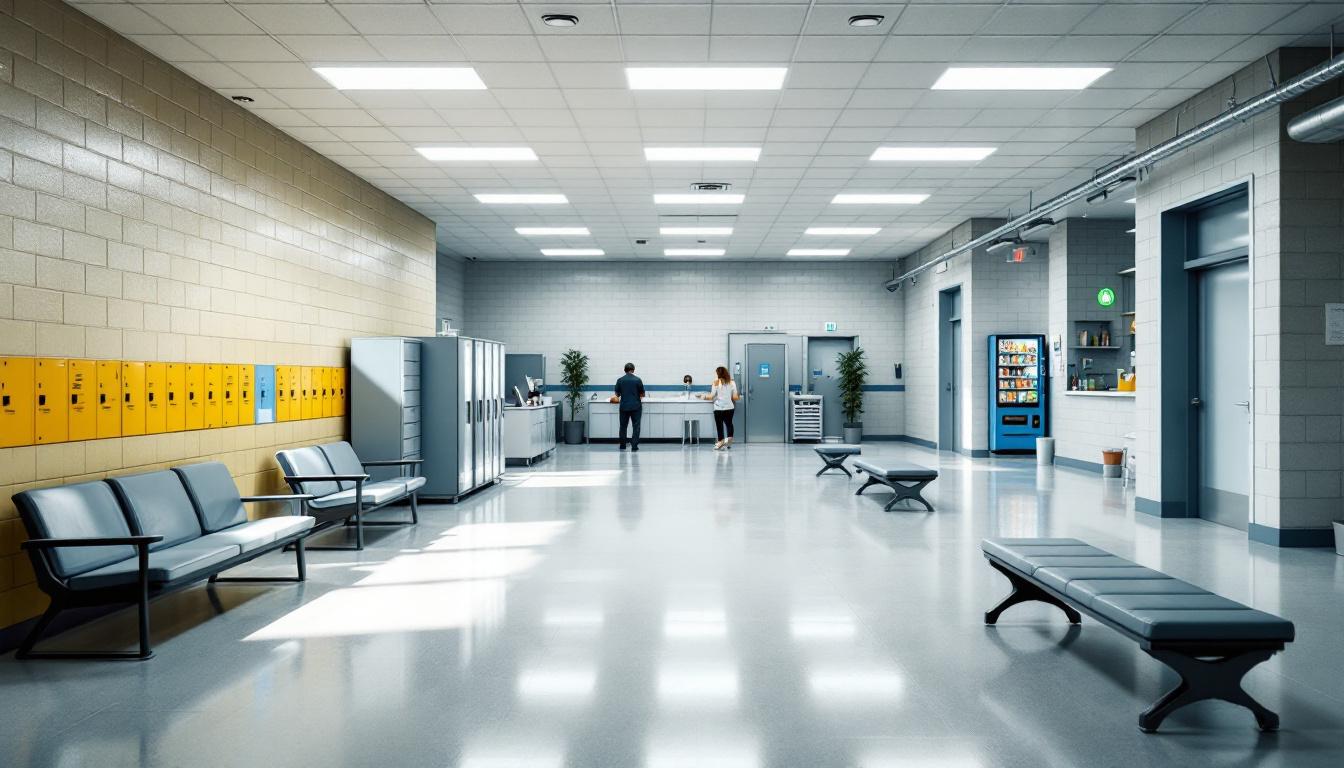
The concrete walls and steel fixtures of the housing units at Chippewa Correctional Facility create a controlled environment where inmates must navigate carefully structured days within Michigan’s correctional system. Today’s routine consistently begins with early morning counts, followed by meal service in the dining halls where inmates gather at designated tables under staff supervision. The rhythm of institutional life typically includes work assignments, educational programming, and recreational periods that provide structure throughout the daylight hours, with inmates generally adapting to the predictable schedule that governs movement between different areas of the facility.
In addition to this structured routine, living accommodations typically consist of shared cells or dormitory-style housing units where inmates store their limited personal belongings and maintain their assigned living spaces according to facility standards. The dining arrangements usually involve scheduled meal times in common areas, where inmates may have opportunities for social interaction while following established protocols for movement and behavior. Personal property is generally restricted to approved items that can be purchased through the commissary system or received through approved channels, requiring inmates to adapt to a minimalist lifestyle within the confines of their assigned living quarters.
Despite this controlled environment, various programs and activities provide inmates with opportunities for personal development and skill-building through educational classes, vocational training, and recreational activities that may include access to library services, fitness facilities, and outdoor recreation areas when weather and security conditions permit. Visitation policies typically allow for scheduled visits with approved family members and friends, while communication options usually include monitored telephone calls and correspondence that help inmates maintain connections with their support systems outside the facility. These elements of daily life, combined with work assignments in areas such as food service, maintenance, or facility operations, create a framework that inmates generally adapt to while serving their sentences within Michigan’s correctional system.
Ready to Connect?
Start communicating with your loved one today
Search for an Inmate




